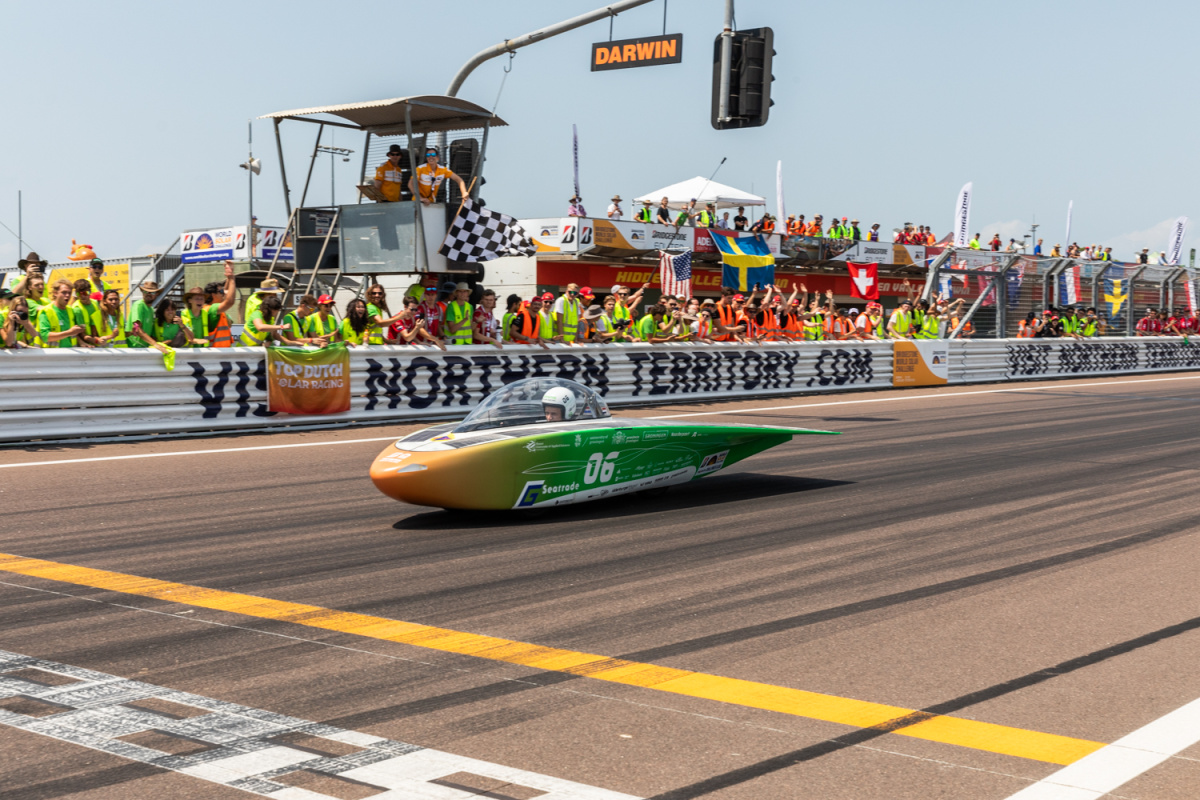
Supersonic flight is the next frontier of aviation, with many companies working towards developing faster-than-sound aircraft. However, sonic booms remain a significant challenge in aircraft development. The X-59 Questt (Quiet SuperSonic Technology) project, led by NASA and Lockheed Martin, aims to revolutionize commercial supersonic flight by reducing noise and vibration.
The X-59 features an elongated fuselage design with the cockpit placed above the fuselage, giving it a smooth underbelly that minimizes sonic booms. Supersonic flights over land have been banned globally since 1973 due to sonic booms causing damage to buildings and disturbing communities. With the X-59’s new technology, this ban may soon be lifted.
Concorde, the world’s first commercial supersonic aircraft, faced public backlash due to sonic booms causing broken windows and vibrations. In contrast, the X-59 is designed to fly at Mach 1.4 and undergoes extensive testing to reduce the intensity of sonic booms. The aircraft’s unique cockpit configuration includes high-resolution cameras instead of front windows, allowing for better visibility during takeoff and landing.
Safety testing and acoustic evaluations will be conducted before test flights in cities to gather feedback on noise levels. NASA hopes the data collected will help lawmakers reconsider regulations on supersonic flights over land. If successful, commercial supersonic flight could transform air travel by saving passengers time and reducing carbon emissions.
The X-59 project began in 2018 with a budget of $248 million and is expected to pave the way for a new era of aviation technology.
In conclusion, the X-59 Questt (Quiet SuperSonic Technology) project is set to revolutionize commercial supersonic flight by reducing noise and vibration. With its advanced technology and unique cockpit configuration, this project has the potential to change how we travel in the future. As safety testing continues, we can expect to see more advancements in this exciting field of aviation technology soon!






